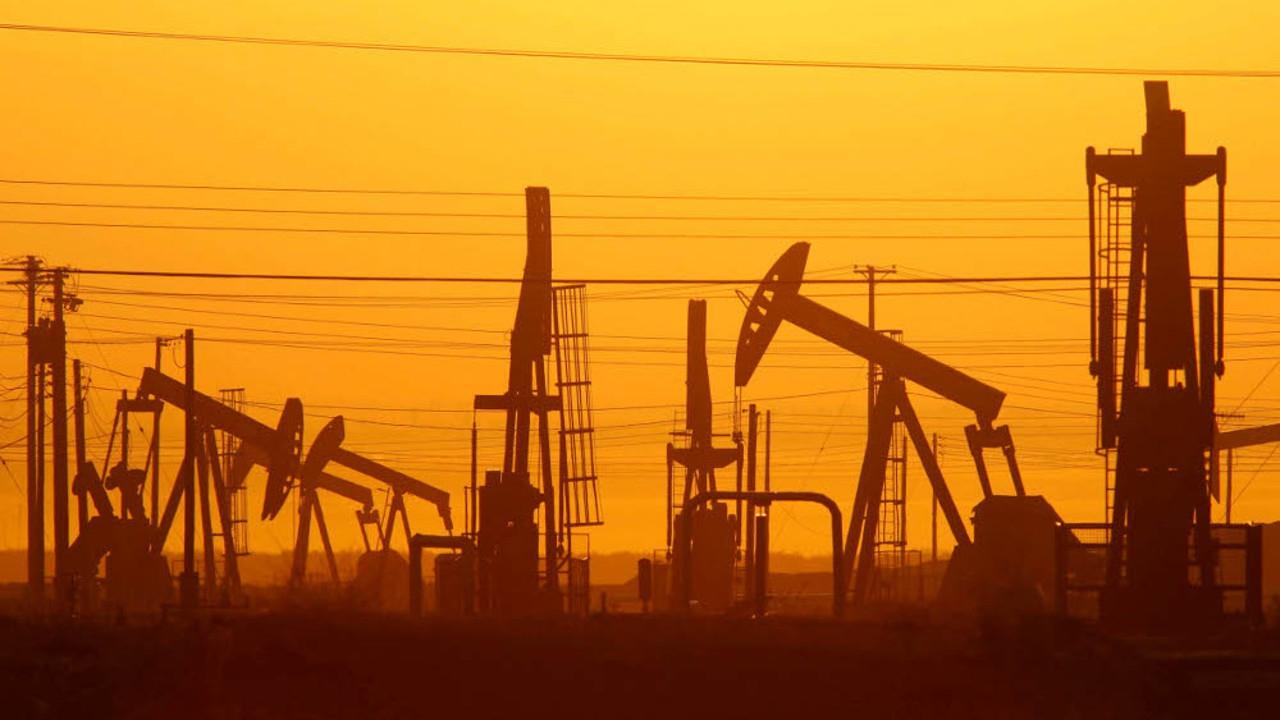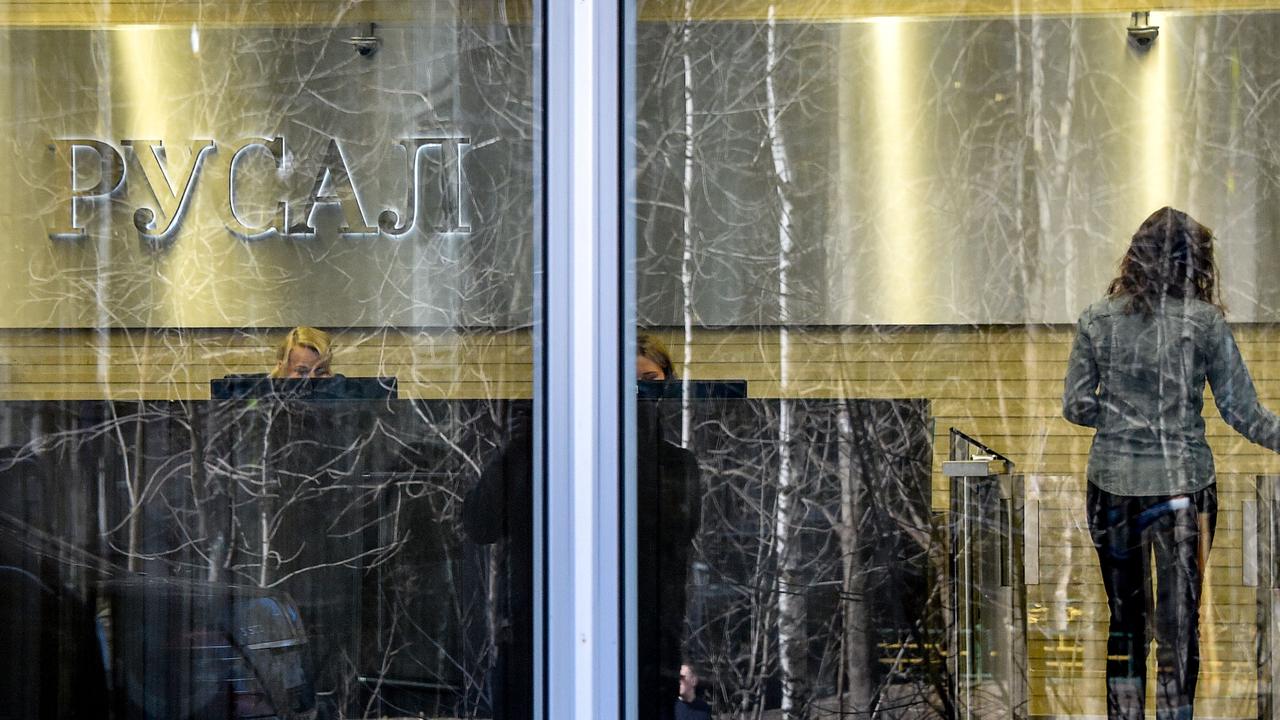John Borghetti’s reinvention test at Virgin
Having radically overhauled Virgin Australia, John Borghetti needs to prove it can deliver respectable financial returns.

Virgin (VAH) had previously foreshadowed the financial results it formally tabled today – a $41 million underlying pre-tax profit and a $224.7m statutory loss in a financial year where its main competitor, Qantas, is expected to post a profit of well over $1 billion.
While there may have been nothing new in the bottom line numbers Virgin announced today, the tabling of the result represents a key moment in Virgin’s history.
With the $1.1 billion of new equity from its recently-completed equity raising and placement to China’s HNA, Virgin has been rescued and recapitalised and will have the funds to repay shareholders the $450m of emergency loans made last year when the group was bleeding cash despite its reported profitability.
It will have significantly reduced leverage, much greater liquidity and the capacity to fund the costs of another restructuring program targeting $300m a year of cash cost savings by the end of 2018-19.
That program and the pressure on Borghetti to deliver cash flows and earnings that satisfy the crowded register of international aviation groups who provided the $1bn of new equity make the 2017 financial year a critical one. Either Virgin starts to deliver at a financial level or it will, once again, be wracked by instability.
Having raised $350m of equity in 2013, and now just over another $1bn, Virgin won’t be able to tap its shareholders again for some years. Its longer-standing surviving shareholders, Singapore Airlines and Etihad Airways, are inevitably going to want to see some sort of positive financial returns in the near term.
Borghetti is rightly proud of the radically different business he has created. He has upgraded the Virgin product dramatically, matched Qantas’ Jetstar discount brand with Tiger and has developed and acquired a regional presence. Virgin is now a genuine competitor to Qantas.
The upgraded and expanded product, however, has yet to be reflected in Virgin’s financial performance even though 2015-16 was, despite some softening in the second half, a very good year for the industry with solid demand, very low fuel costs and, in the domestic market, strong capacity discipline.
It is worth noting that in 2010, when founding chief executive Brett Godfrey departed, Virgin had underlying earnings of $87m and retained earnings of $304m. After the 2016 result, and the expensive six years of transformation, its earnings reserves are in deficit to the tune of $515m.
Virgin will start this financial year, however, with nearly $1bn less debt than at 30 June 2015 and with its domestic brands and Velocity rewards program profitable. The international business, which lost $48.8m at an underlying earnings before interest and tax level last year is on track to be profitable, Borghetti says.
While Virgin is citing “market uncertainty’’ for not providing financial guidance for the current financial year, if all its businesses were profitable and the anticipated benefits of the restructuring program (which cost $440m in 2015-16 and is expected to cost $150m to $200m a year for the next few years) do start to flow, the 2016-17 year could be the one that starts to produce a return on the massive investment Virgin shareholders have made in re-making the group.
Borghetti would be very conscious that, having narrowly survived Air New Zealand’s attempt to oust him as CEO (which led to Air NZ selling out of Virgin) he needs to deliver this financial year and prove that Virgin isn’t just operating nicer planes from upgraded lounges but one that delivers respectable financial returns.
Beyond that, with 40 per cent of its shares now held by two Chinese groups with aviation and travel-related interests – HNA and Nanshan Group – there is some significant potential upside in its international and domestic businesses over the next few years if Virgin can capitalise on the anticipated massive growth in Chinese travel to and from Australia.
The international aviation industry is, however, notoriously volatile -- and usually not in a good way.
Despite the second-half tapering in demand (which both Virgin and Qantas responded to rationally by adjusting their planned capacity growth) the 2016 financial year was a pretty solid one for the carriers relative to previous years, and was a year when fuel costs were dramatically lower than they had been.
There might be another six months to 12 months of low oil prices before the supply-demand balance starts to shift and push prices up sometime towards the second half of 2017, if analysts’ predictions prove to be correct.
Then there’s the potential for fallouts from the US presidential election, the Brexit vote, European bank and political instability and any further spluttering in China’s growth rate and financial stability to impact the global industry and its settings.
As Borghetti’s six-year re-making of Virgin and its continuing status as a work-in-progress demonstrates, reinventing an aircraft brand by taking a low-cost carrier up-market and building out its competitive presence across all segments and domestic geographies – and achieving a commercial return on the effort and investment -- wouldn’t be easy even if external conditions were stable. In aviation, they rarely are.



Virgin Australia has started this year with a completely new balance sheet to support John Borghetti’s ambitious, expensive and now-completed transformation program. Having been bailed out by its key shareholders three times, this is the year when the group has to start delivering financial performance that justifies the cost of the radical exercise.